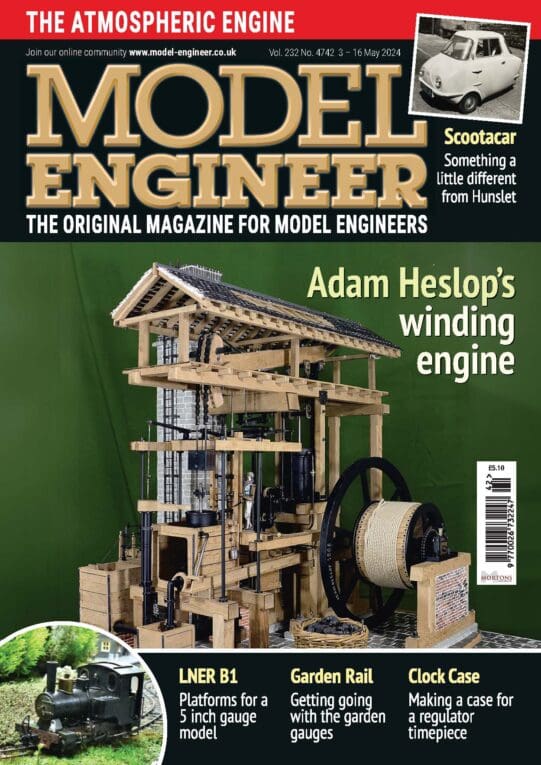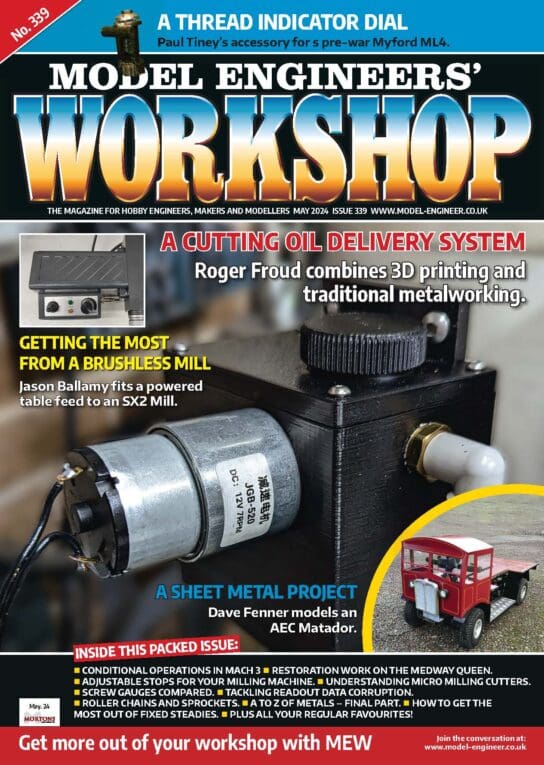I haven't see the article you refer to however, you are correct that the principle of operation is that a proportion of the track circuit current is diverted via the locomotive & carriage wheelsets. If correctly setup, the track relay should drop indicating that the track section is no longer clear.
It is also true that part of the current will leak via the ballast & sleepers. As you say,this depends on the weather, the amount of oil & cinder in the ballast, the amount of water dripping from the roof of tunnels, etc. Remember also that Concrete sleepers are full of rebar. This all needs to be taken into account when setting up the track circuit. Typically the ballast resistance (on a standard guage track) could be between 2 Ω when wet to 100Ω when frozen for a track section up to 1000ft long.
However a track relay is a sensitive device. Its DC resistance might be only of the order of 5-10 Ω. Typically this type of relay may require 100-140mA to energise. It is the current flow that creates the magnetic field but, from Ohms law, you can see that the relay will energise or "pick" with only around 0.5V across its coil.
Once the armature has pulled in, the air gap in the magnetic path is smaller & therefore it will remain energised even if the current reduces slightly. This is the Hysteresis. Typically the pickup voltage might be 0.5V but the drop-away voltage might be 0.35V.
When testing a track circuit, a variable resistor is connected across the rails & reduced until the track relay drops. This is known as the "drop shunt" value. Then the test resistor is set to zero & increased until the relay just picks. This is known as the "pickup" or "prevent shunt". As a rule of thumb, the higher should be at least 133% of the lower. In addition, a shunt of 0.5Ω at any point along the track should drop the track relay. This will generally give a good compromise between reliably detecting a clear track while coping with varying weather & track conditions.
David Taylor.




